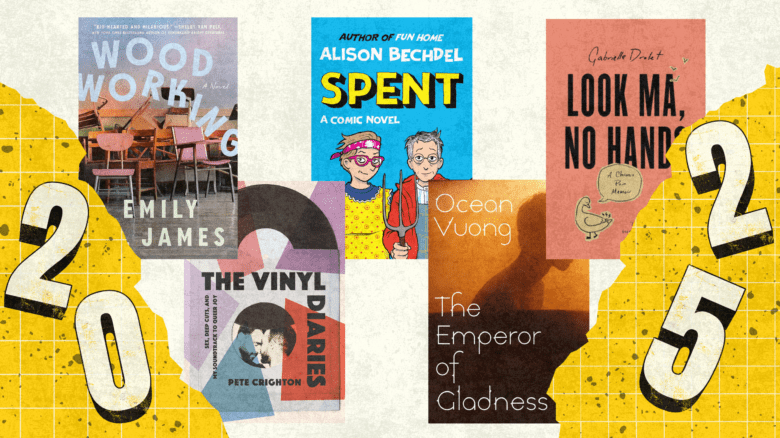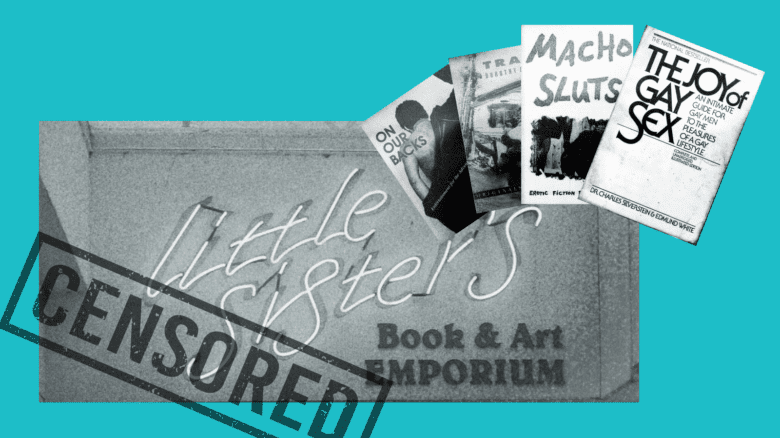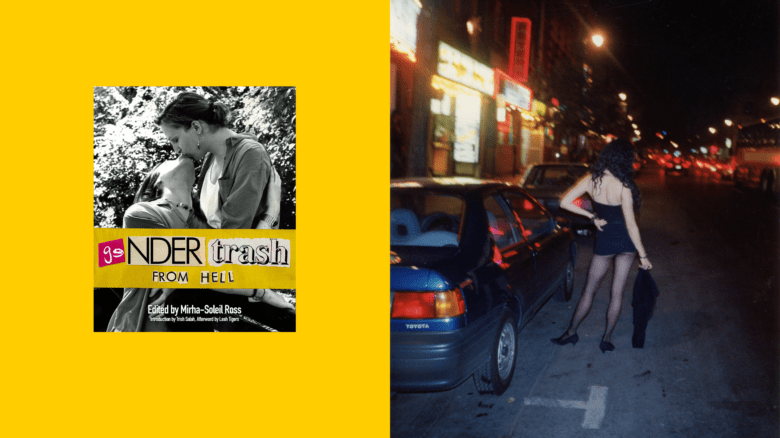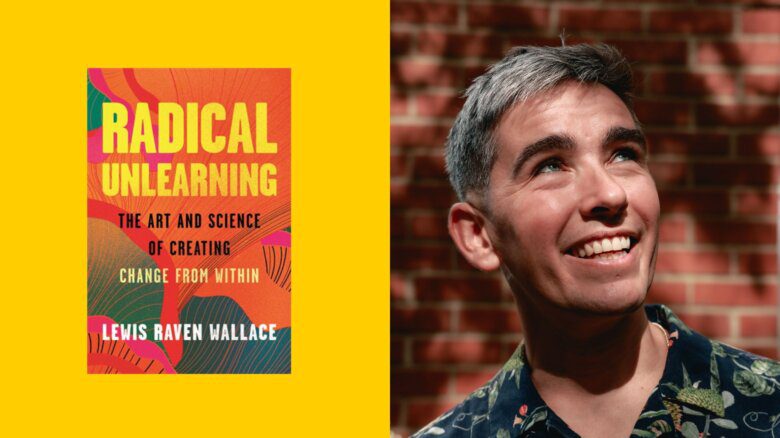My wife and I are running errands together on an unseasonably warm Friday in January. As we pull into the parking lot of the western Pennsylvania thrift store, I begin to cry. We sit in the car and it pours out of me: all the anti-trans and anti-queer bills being filed in state legislatures, the violence regularly directed at trans women, the school boards and libraries attempting to erase our stories, the threats and protests at drag events, the speed with which we were forced to move on from the shooting in Colorado Springs and the next attack that required our attention.
I am scared and angry now, and all the ways I have been scared and angry throughout my life as a queer and trans person bud and bloom, for myself, and for the clients I see as a therapist. I stutter and sniff, talk to my wife about how I know to turn to our history and the power I see there, the strength our ancestors and elders offer for us to borrow and build upon. I wipe my puffy face and tell her, “I try to remember that we are resilient. I guess that’s what I’m trying to help my queer and trans clients see, too.”
Resilience. There it is. A word I am growing to resent even as it comes out of my mouth.
It shouldn’t always be on us to bounce back, buck up, soldier on. But I have done it from a young age, turning away from middle school taunts while dreaming of a future far away. Seeking out friends and lovers and building community while fighting to believe that I was not broken. I have been visible and loud, showing up for myself and advocating for my community, despite sometimes being afraid. I chose myself and I chose transition, even though understanding I was trans later in my life seemed like it meant that I might lose the people I loved most.
Of course I am resilient.
The concept is everywhere in the literature on doing therapy with marginalized people, particularly LGBTQ2S+ clients. A Google search for “LGBTQ2S+ resilience” will bring up everything from academic studies and their interpretation for clinicians and educators, to explainer articles addressed directly to the community in queer publications. Looking at resilience this way does focus on strengths and moves away from an emphasis on queer and trans people as an “at-risk population,” but these frameworks are built on models that emphasize our suffering.
The minority stress model is the foundation for a lot of the clinical conversation on resilience; it identifies stressors that LGBTQ2S+ people encounter, like stigma and prejudice, that can lead to worsening mental and physical health outcomes. The resilience models take that understanding of queer life and attempt to identify ways that queer and trans people can respond to reduce their suffering. At the individual level, this focuses on things like increasing self-worth, hope and positive identity, and at the group level it attends to social support, family acceptance, community and activism.
I think it’s easy to see that there is value in highlighting these parts of queer and trans lives. Writer Theo Nicole Lorenz has taken these concepts and created a dynamic and joyful resource called The Trans Self-Care Workbook, which includes beautiful images to colour, and affirming prompts to consider that invite trans people to celebrate themselves. I often share their book with my clients as a way to invite them to explore their experience and identify what they value about their transness.
But worksheets and affirmations may only take us so far when solutions they propose put a lot of pressure on the individual to change. Surely, I think, there are ways to imagine a world that hurts us less. Surely we can desire more than a return to the places of hurting.
For me, turning away from that place of hurting has looked like finding ways to make my life more possible by learning about the breadth of queer and trans life from books and movies and corners of the internet. At 17, I stumbled on a copy of Michelle Tea’s Valencia by total chance in a short-lived bookstore in Statesboro, Georgia, on a visit with my grandparents. I happened to pull out the red spine and can remember curling around the book to hide the cover from the rest of the store. I recognized something in the white girl with messy hair and tough boots and a paper-bagged 40 depicted there before I even flipped to the synopsis. It was the year 2000, so I had missed my chance to be a dyke in ’90s San Francisco, but a whole new world was offered to me in those pages.
Something similar happened when I began to understand myself as trans. I first read Thomas Page McBee’s column, Self-Made Man, in The Rumpus when I was living in Providence, Rhode Island, and thought I had a lot of my identity figured out—I was sure I was a queer femme woman, spinning around dance studios and dance floors, trying to understand what kind of artist I was supposed to be and what queer community was supposed to look like. I was sure that my devotion to his column came exclusively from my enthusiasm for a talented writer introducing me to his transmasculine experience. With assists from the work of Leslie Feinberg and trans people in my life, I realized what I saw in his work was the potential for my own trans life.
I find this potential in academic work by queer and trans people, too. Reading Hil Malatino’s Side Affects: On Being Trans and Feeling Bad offered me permission to see my life and the terror of this current political moment with more honesty. That permission began to encourage more freedom in my choices and has helped me to meet my clients and friends more fully in their own bad feelings.
Listening to trans and queer voices as they shout and weep and laugh their way through storytelling may be more valuable in my clinical work than what I glean from theories of resilience and LGBTQ2S+ identity development—theories and resources that I still had to seek out for myself in my counselling training in the first place. Similarly, queer and trans history from queer and trans historians like Jules Gill-Peterson, Susan Stryker and Hugh Ryan, or spending time directly with online archives, connects me to ancestors and a past that has been intentionally erased and obscured.
This recognition of what trans and queer voices offer us is shaping me and also shaping my work as a therapist, in particular my support of trans clients. In the fall of 2022, I designed and facilitated a six-week group counselling experience that I called “We’ve Been Here: Trans History as Healing.” This 10-member group used chapters from Susan Stryker’s Transgender History, episodes of the podcasts Gender Reveal and One from the Vaults, poetry from Cam Awkward-Rich, writing from Feinberg and trans archival materials to introduce elements of trans history and culture that shaped the themes of our sessions. This created opportunities to have deeper conversations about how group members’ experiences and understanding of their trans genders were connected, yes, to one another, but also how they were a part of a vast web of lives and stories.
I share these materials with individual clients too, suggesting podcast episodes or encouraging them to complicate their expectations of trans life by watching Work in Progress or Sort Of. I always want to know about their relationship to trans history and culture and community to better understand what is shaping their understanding of their lives and experience.
These depictions of trans and queer history and life do not often promise ease; many of them do not suggest that we will live happily ever after with high-paying jobs, 2.5 children and white picket fences. The worlds we are offered are messy, fraught with conflict, rejection and loss—but also shot through with the joy that comes from fighting for yourself and your people to be wholly alive.
I suppose that this could also be called resilience, but not in service of broken systems that were never for us in the first place. It is resilient to refuse to fit back into places from which we have been expelled, and it is a resilience that will allow us to live to fight another day for a world with space for each of us to thrive.
I turn to my wife, tears drying on my cheeks in the winter sun outside the Salvation Army, and take a deep breath as she offers me a soft smile. The fear and the anger are easier to hold when we are sharing it, and, yes, this is a kind of resilience we are cultivating together. Even still, I wonder where we are headed when I read Erin Reed’s dispatches breaking down anti-trans legislation, encounter the most recent reports of gun violence and police murder and experience the ongoing mass disabling event of the COVID-19 pandemic, inside of the doom of climate collapse.
Sometimes I don’t know what comes next. What I do know is there is more to trans and queer life than trying to reduce our suffering through therapy and self-care; there is chaos and mess, love and heat, joy, possibility, creation. There are queer and trans people making queer and trans worlds and there always have been. Beyond resilience, that is where I begin to find my hope for the future.
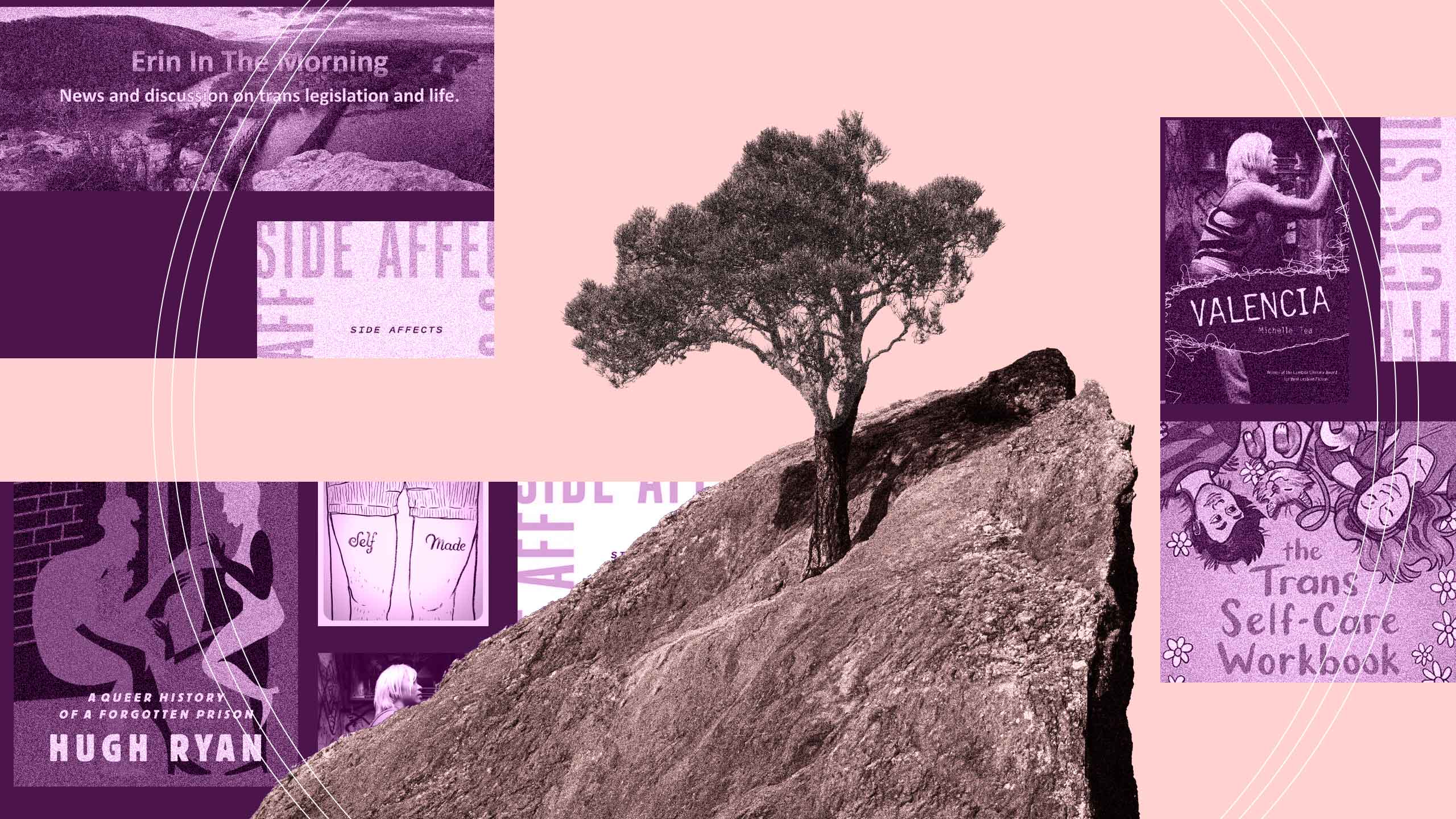

 Why you can trust Xtra
Why you can trust Xtra